Advertisement
Restoring a rare habitat to protect an unlikely ecological hero: moths
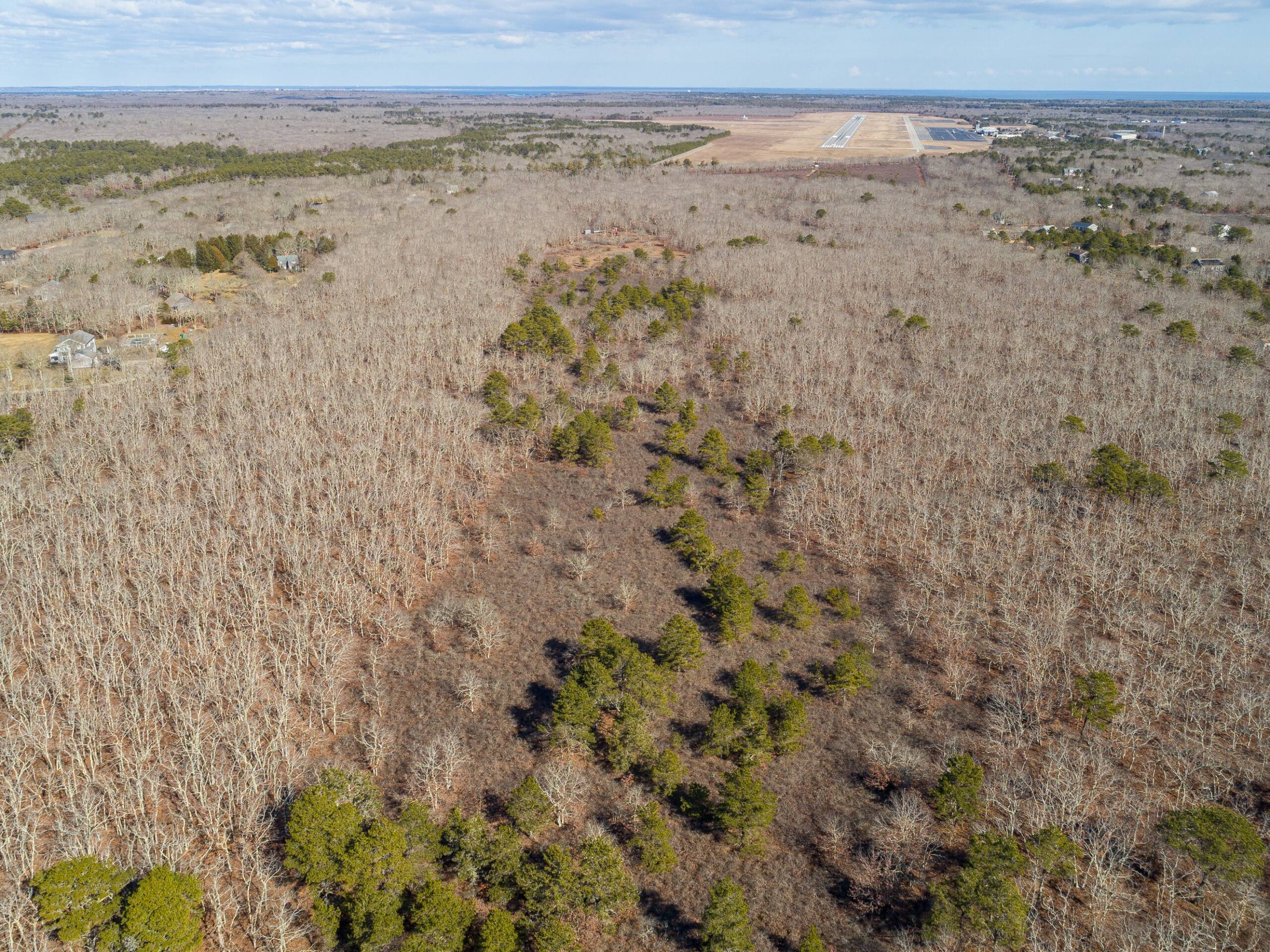
It’s safe to say that most people don’t visit Martha’s Vineyard for the moths.
But maybe that’s because they've never met a moth like the Melsheimer’s Sack-bearer.
“It’s a great, great animal. It's a gorgeous animal. The pattern on its wings looks like a sunset. It's beautiful,” said Paul Goldstein, the curator of moths and butterflies at the Smithsonian Natural History Museum. He said the moth is called “sack bearer” because it makes itself a little sleeping bag out of silk and leaves.
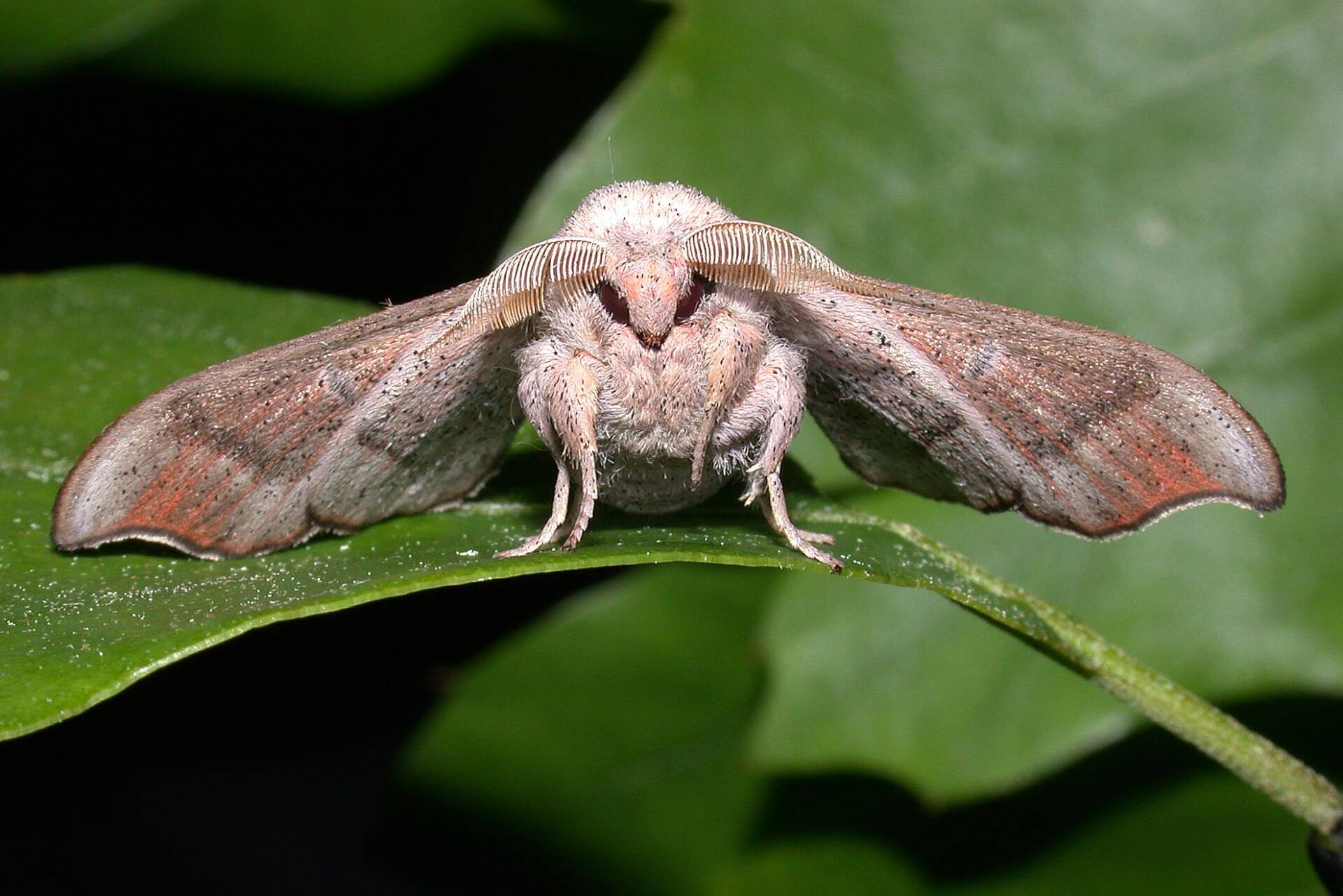
And one of the few places it lives in New England is Martha Vineyard.
“It’s just an amazing place,” said Goldstein, who spent his boyhood summers chasing moths on the Vineyard. “There are examples of habitats out there that are unique or the best of their kind in the region.”
Much of Martha’s Vineyard, it turns out, is moth heaven. The island is a stronghold for an imperiled habitat known as a pitch pine-scrub oak barrens. It’s a harsh landscape with dry, sandy soil, stunted trees and shrubby plants like scrub oak and lowbush blueberry.
Rare moths love this landscape. Sixteen species of them can be found within a 97-acre site called the “Medicine Lots,” currently being restored by the Nature Conservancy.
“It’s a biological hotspot,” said Mike Whittemore, the Nature Conservancy’s stewardship manager for Cape Cod and the Islands.
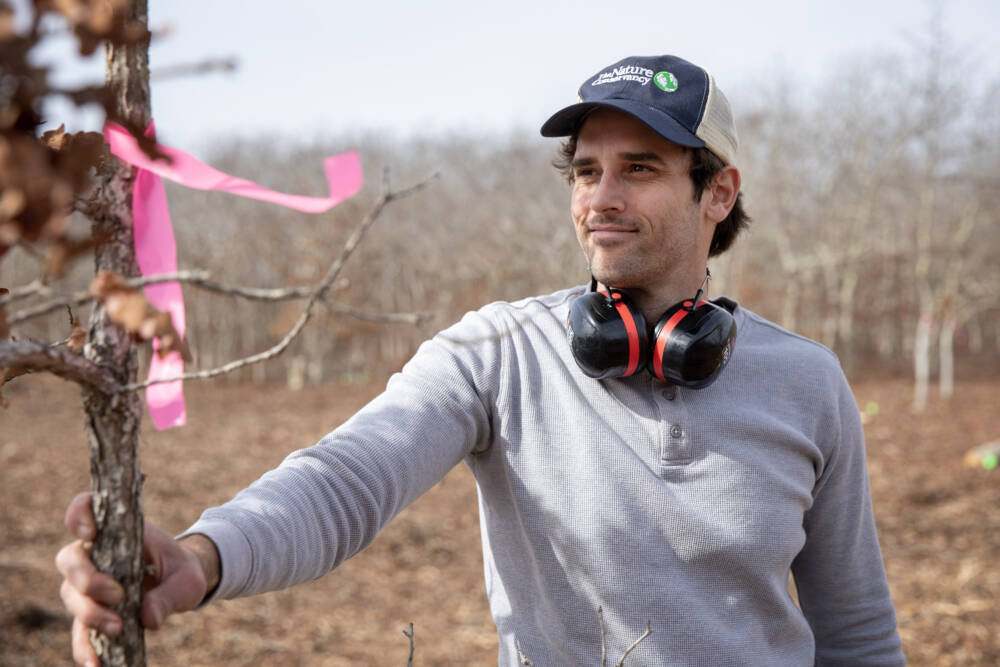
One reason for the site’s moth appeal is a geological feature called a “frost bottom.”
Frost bottoms are the remains of ancient glacial meltwater channels. They form hollows in the sandy soil, and can take the form of shallow depressions or 20-foot-deep mini-valleys. Because cold air settles into them at night, frost can form inside them all year long, even in the heat of summer.
Scrub oak thrives in the frost bottoms, and the chilly night temperatures spur the plant to provide even tastier food for moths. The frost can kill the baby leaves of the scrub oak, forcing it to push out new leaves several times a year. This stunts the tree but thrills the moths, because new scrub oak leaves are their favorite food — tender, high in nutritious nitrogen and low in bitter tannin.
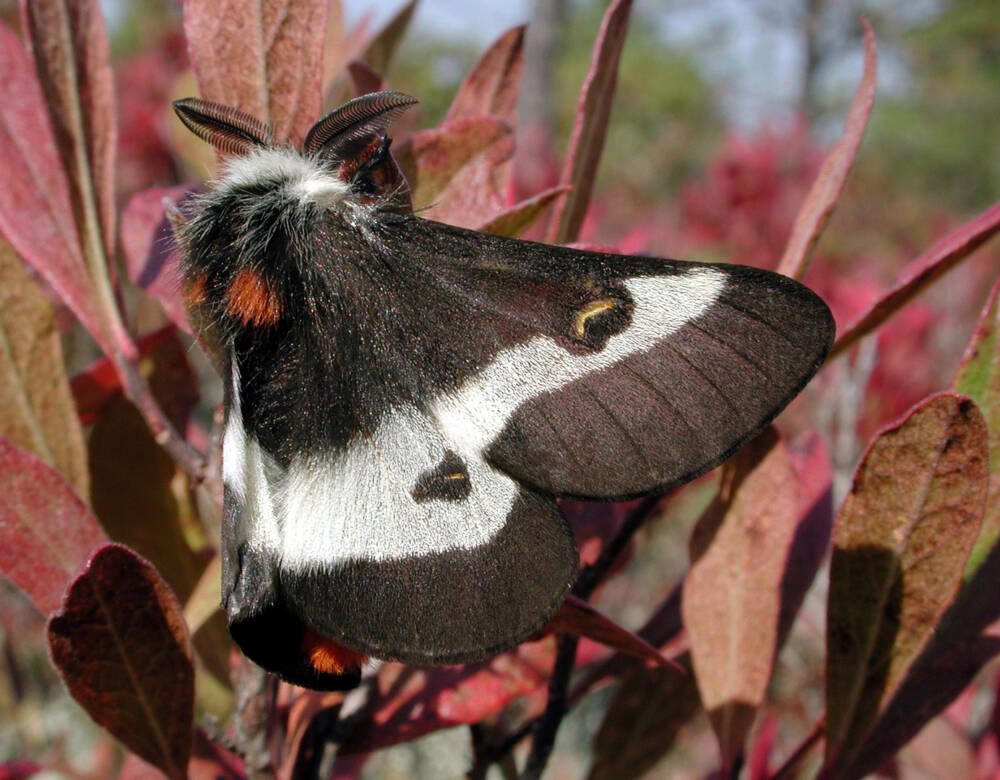
But many of the rare moths also need warm air to breed. And they can find that just outside the frost bottom.
“It's the perfect situation for a lot of these rare moths,” Whittemore said.
There are about a dozen frost bottoms on the Vineyard, most of them criss-crossed with roads and houses. The Medicine Lots were left undeveloped due to a historical quirk.
More than a century ago a New Bedford patent medicine company divided the property into 25-by-75-foot lots, and gave them away as a promotion for buying one of their products: Dr. Flint’s Quaker Bitters. (The stomach tonic restored appetite, purified blood, and helped with “female weaknesses,” according to the label.) The 2,345 tiny lots were never used, and the titles were so difficult to trace that the land was left mostly undeveloped.

When the restoration is finished, the site will connect a state forest to the Trustees’ Long Point Preserve, creating a continuous wildlife corridor with a mosaic of habitats.
But here’s the problem. Because people have suppressed fire in this frost bottom for more than a century, the pitch pines and white oaks have gotten too tall. Their canopy blocks the sun, and the shrubby plants like scrub oak don’t get enough light to thrive.
To help the habitat, the Nature Conservancy is cutting down a lot of the taller trees. On a recent visit to the frost bottom, the landscape looked demolished; dozens of tall trees had been cut, and at the far end of the field, a backhoe fed branches into a roaring woodchipper.
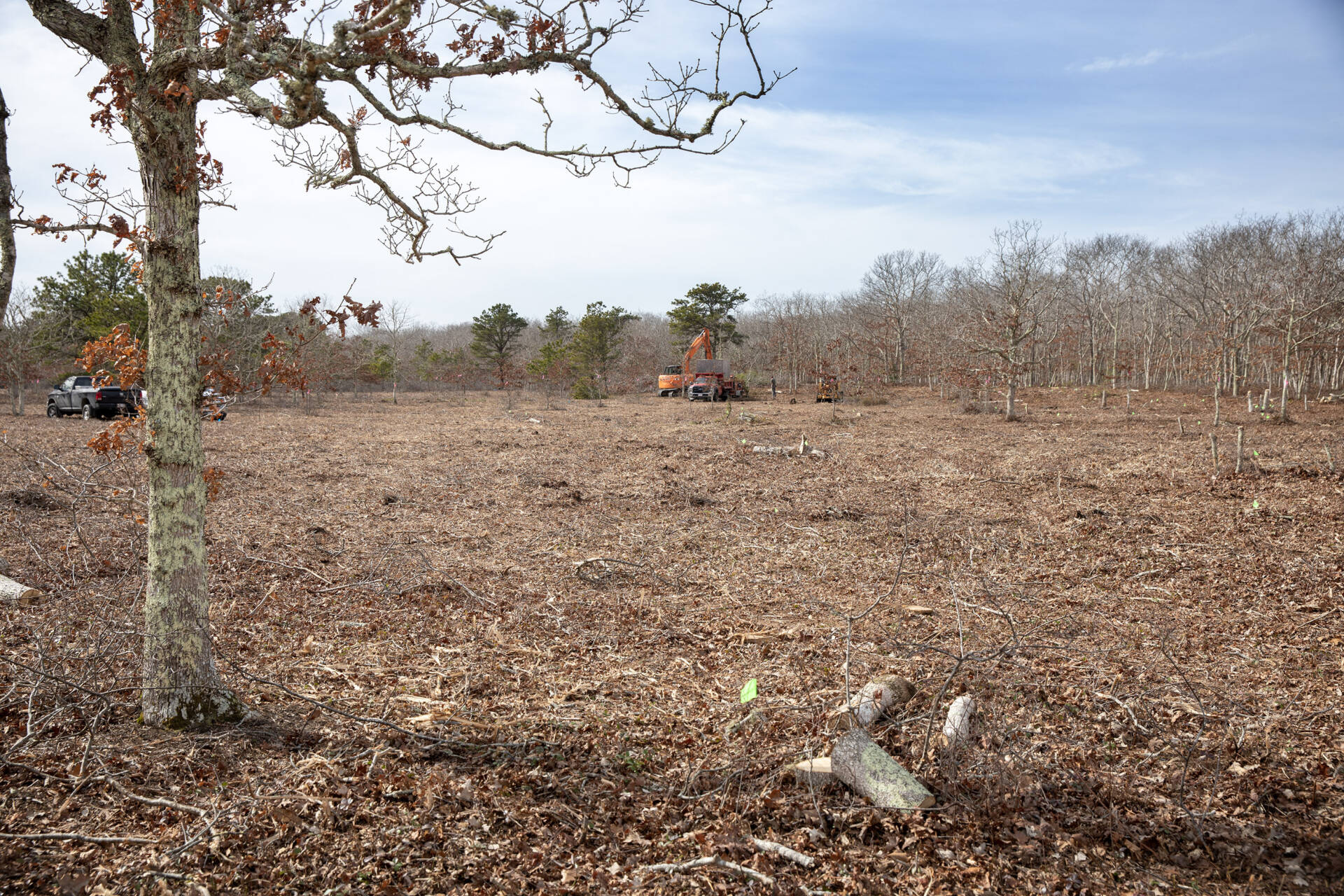
Extreme as it seems, Whittemore said the tree-clearing will restore the imperiled habitat and protect the rare animals that live there. (Not just moths, by the way — there also rare species of bee, bird and beetle.)
“We need to come in here and do this management,” he said. “If we don't, we'll shade out some of the species that are rare and it'll create a different microclimate. And that wouldn't be good for biodiversity on the islands.”
Still, it seems like a lot of work (mostly) for moths.
True, a lot of moths are pests. The dreaded spongy moth is an invasive species that can defoliate hundreds of acres of forest. But in many habitats, moths are an ecological linchpin.
“Moths have an outsize ecological role to play. They're not just little brown things that come to your porch light,” said Uli Lorimer, director of horticulture for the Native Plant Trust.
They’re pollinators, for one thing, and a major food source for bats. But perhaps most importantly, said Lorimer: without moths there would be no songbirds.
Advertisement
“If you have a breeding pair of black-capped chickadees in your yard, they'll need somewhere north of 6000 caterpillars in a season in order to successfully rear a brood of chicks,” he said. “And the bulk of that comes from moth caterpillars."

The moths in the Medicine Lots should adapt well as weather warms due to climate change, said Whittemore, given that they already thrive in a harsh, dry climate. And, experts say, the site should require minimal management after this initial tree-clearing.
“That's why it's called ecological restoration. You push it back to a point in the past where it was a little more optimal for that particular suite of rare plants and animals,” said Mass Wildlife’s Nelson. “And then you just let things happen naturally.”
Ecologists familiar with the Medicine Lots project agree that restoration plan is sound. A bigger concern is whether this conservation project, or any of the many planned in the region, will move fast enough to outrun climate change.
“That's what stresses out ecologists,” said Russell Hopping, lead coastal ecologist for the Trustees of Reservations. “Climate change has turned up the heat, so to speak. Right? Certainly shortened the clock for us.”
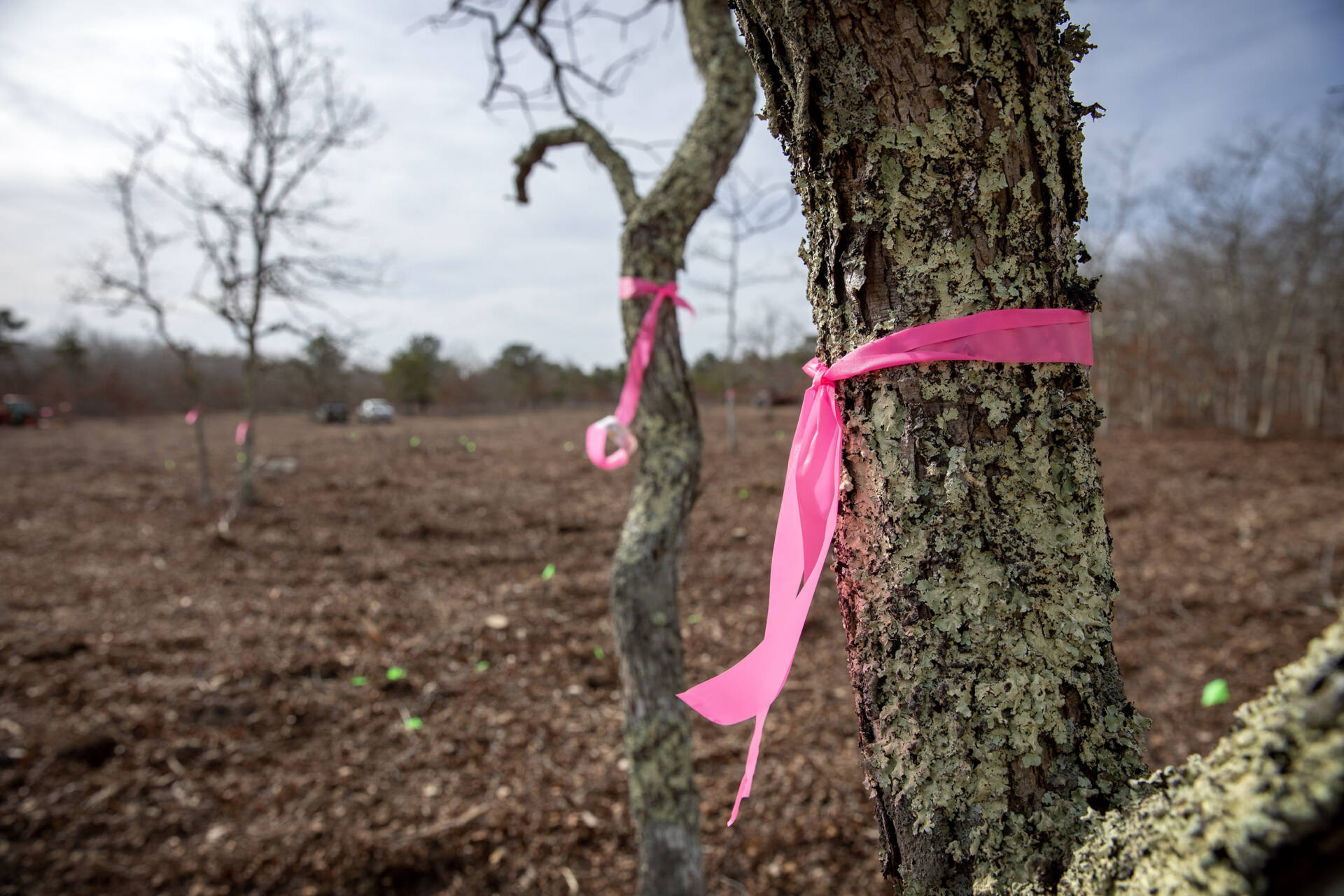
Habitats around New England are being threatened by heat, drought, sea-level rise and erosion. The United Nations reports that about 1 million plant and animal species are at risk of going extinct, many in the next few decades. That’s more than ever before in human history.
Projects like the Medicine Lots restoration may help prevent some of this staggering loss. That’s not just because it will protect rare moths, but because it restores the health of all the interconnecting parts of the ecosystem. Just like the area's namesake tonic promised.
“The message of restoration isn't just about bringing back a moth or a butterfly or a rare plant,” said the Native Plant Trust’s Uli Lorimer. "It's about restoring all of the multitudes of connections that exist as the system as a whole.”
This segment aired on May 12, 2023.
